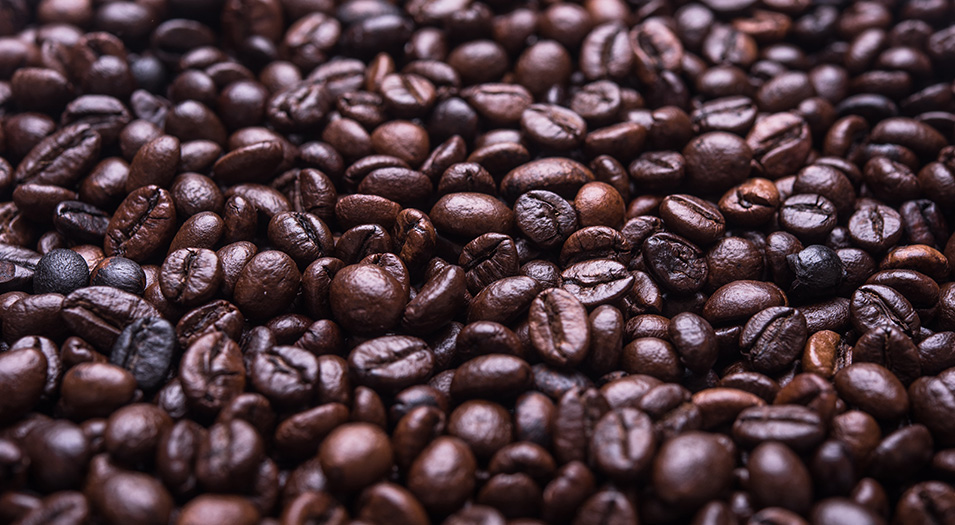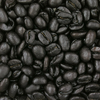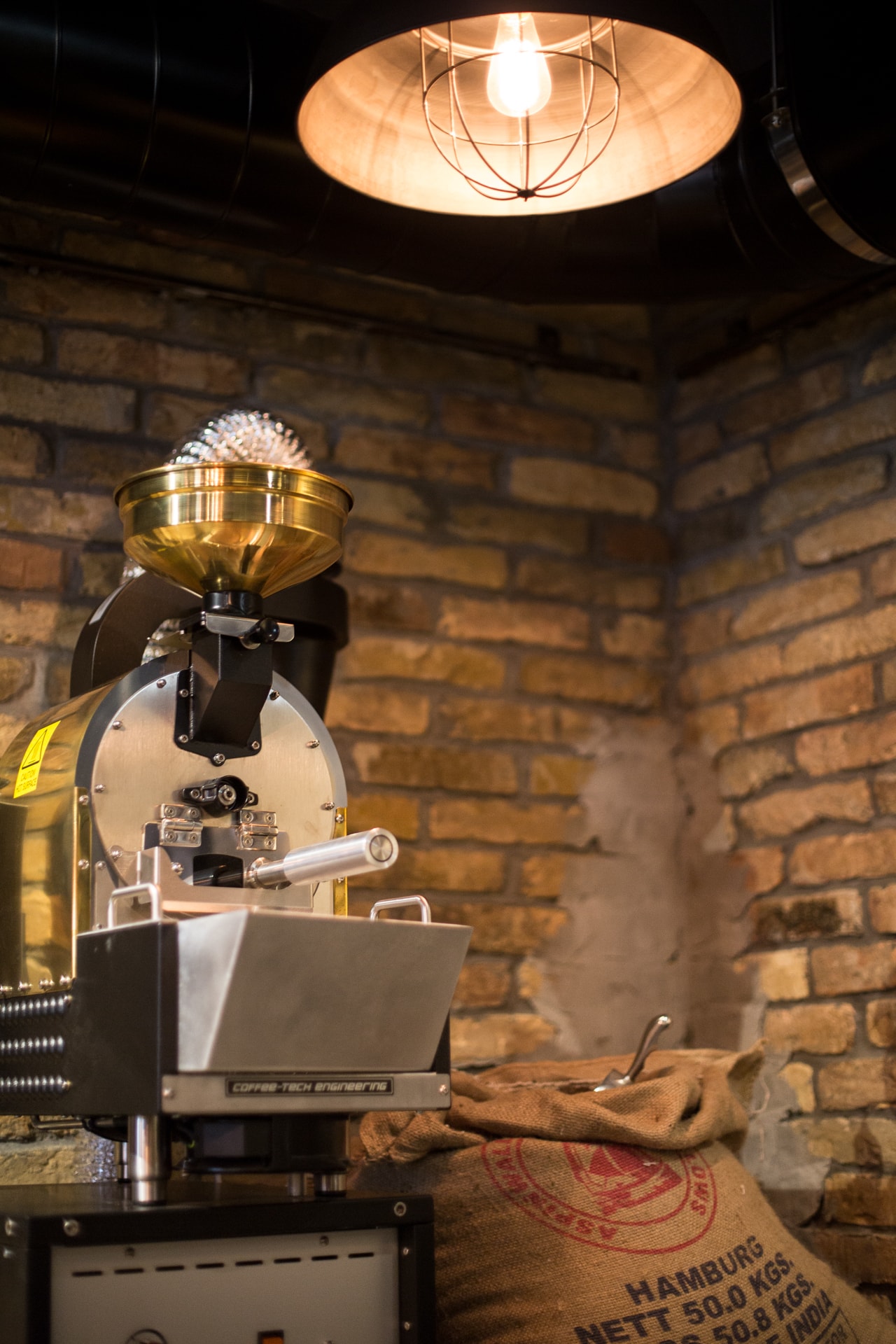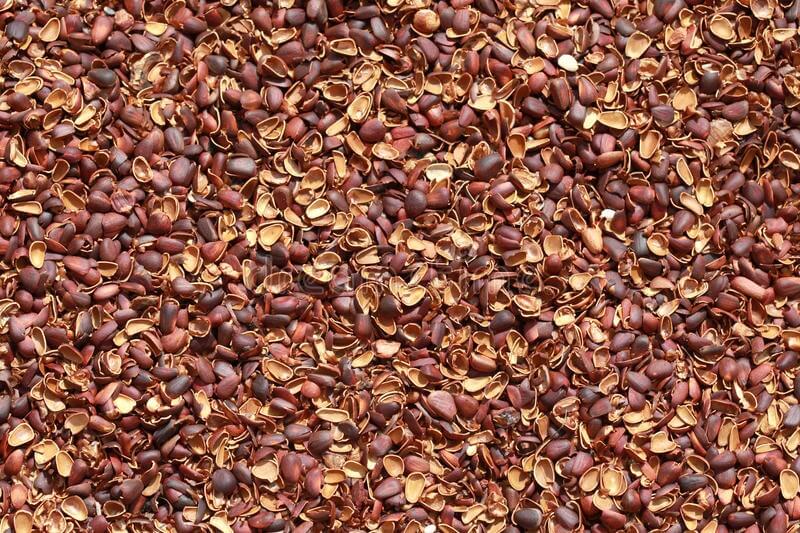
Roasting
Coffee roasting is an art in itself. Professional roasters take pride in modifying elements of a particular roasting profile to bring out a specific flavor or aroma in a specific coffee bean. Ultimately, it’s all about the taste, the flavor, the aroma. Prefer may lean towards a lighter roast in the morning (with more caffeine) and a darker one later in the day. Coffee, including the optimal roast level, is a personal preference.
In general, though, we can categorize the most common coffee roasts from light to dark as follows:
Light Roasts: Light roasts are light brown in color, with a light body and no oil on the surface of the beans. Light roasts have a toasted grain taste and pronounced acidity. The origin flavors of the bean are retained to a greater extent than in darker roasted coffees. Light roasts also retain most of the caffeine from the coffee bean. Light roasted beans generally reach an internal temperature of 180°C – 205°C. At or around 205°C, the beans pop or crack and expand in size. This is known as the “first crack” (for the “second crack,” see below). So a light roast generally means a coffee that has not been roasted beyond the first crack.

Some common roast names within the Light Roast category are Light City, Half City, Cinnamon Roast (roasted to just before first crack), and New England Roast (a popular roast in the northeastern United States, roasted to first crack).
Medium Roasts: Medium roasted coffees are medium brown in color with more body than light roasts. Like the lighter roasts, they have no oil on the bean surfaces. However, medium roasts lack the grainy taste of the light roasts, exhibiting more balanced flavor, aroma, and acidity. Caffeine is somewhat decreased, but there is more caffeine than in darker roasts. Medium roasts reach internal temperatures between 210°C and 220°C — between the end of the first crack and just before the beginning of the second crack.

Common roast names within the Medium Roast level include Regular Roast, American Roast (the traditional roast in the eastern United States, roasted to the end of the first crack), City Roast (medium brown, a typical roast throughout the United States), and Breakfast Roast.
Medium-Dark Roasts: Medium-dark roasts have a richer, darker color with some oil beginning to show on the surface of the beans. A medium-dark roast has a heavy body in comparison with the lighter or medium roasts. The beans are roasted to the beginning or middle of the second crack — about 225°C or 230°C. The flavors and aromas of the roasting process become noticeable, and the taste of the coffee may be somewhat spicy.

Among the most common names for a medium-dark roast are Full-City Roast (roasted to the beginning of the second crack), After Dinner Roast, and Vienna Roast (roasted to the middle of the second crack, sometimes characterized as a dark roast instead).
Dark Roasts: Dark roasted coffees are dark brown in color, like chocolate, or sometimes almost black. They have a sheen of oil on the surface, which is usually evident in the cup when the dark roast coffee is brewed. The coffee’s origin flavors are eclipsed by the flavors of the roasting process. The coffee will generally have a bitter and smoky or even burnt taste. The amount of caffeine is substantially decreased. To reach the level of a dark roast, coffee beans are roasted to an internal temperature of 240°C— about the end of the second crack — or beyond. They are seldom roasted to a temperature exceeding 250°C, at which point the body of the beans is thin and the taste is characterized by flavors of tar and charcoal.

Dark roasts go by many names. As a result, buying a dark roast can be confusing. Some of the more popular designations for a dark roast include French Roast, Italian Roast, Espresso Roast, Continental Roast, New Orleans Roast, and Spanish Roast. Many dark roasts are used for espresso blends.
To summarize the differences, in addition to the color gradations:
- As coffee roasts get darker, they lose the origin flavors of the beans and take on more flavor from the roasting process.
- The body of the coffee gets heavier, until the second crack, where the body again thins.
- Lighter roasts have more acidity than darker roasts.
- Light roasted beans are dry, while darker roasts develop oil on the bean surface.
- The caffeine level decreases as the roast gets darker.





